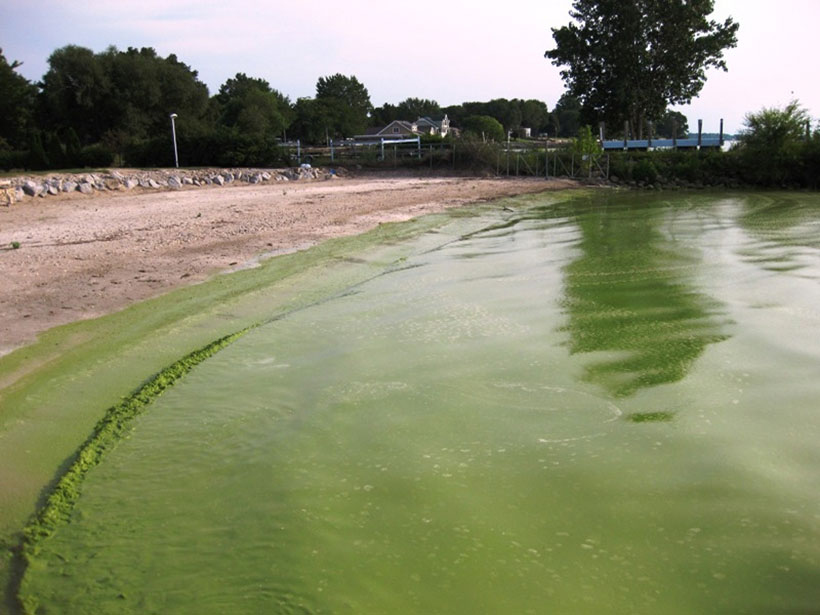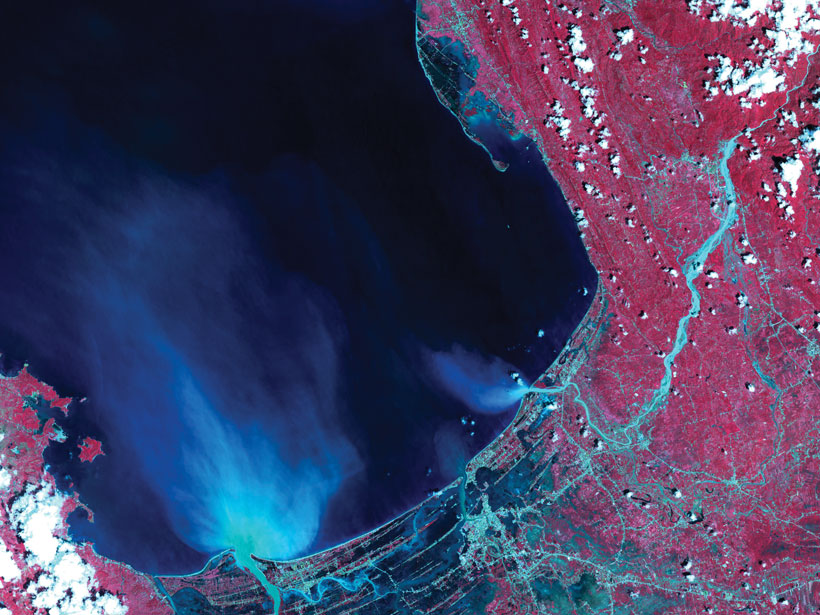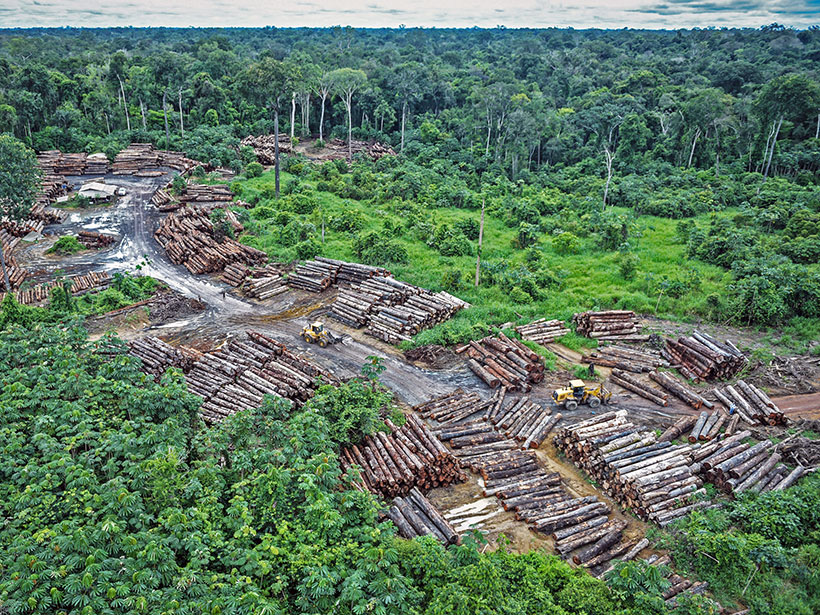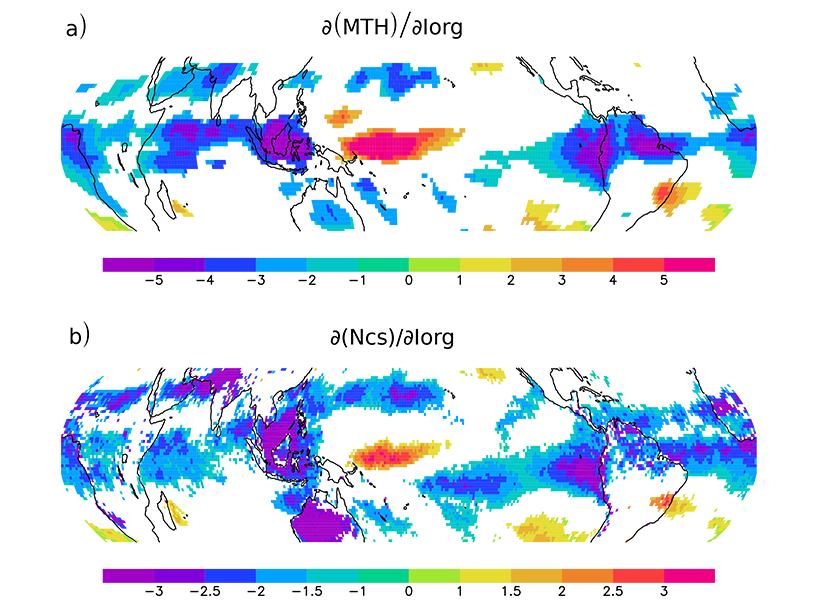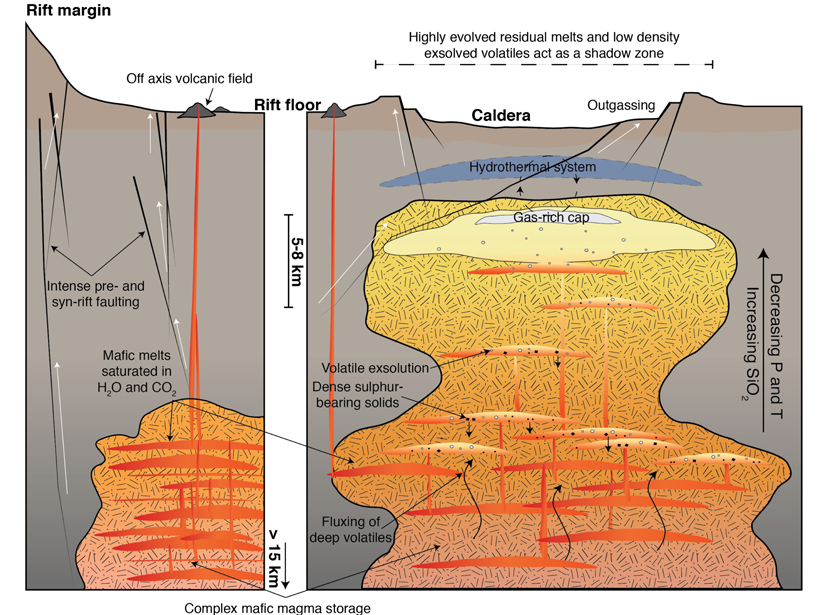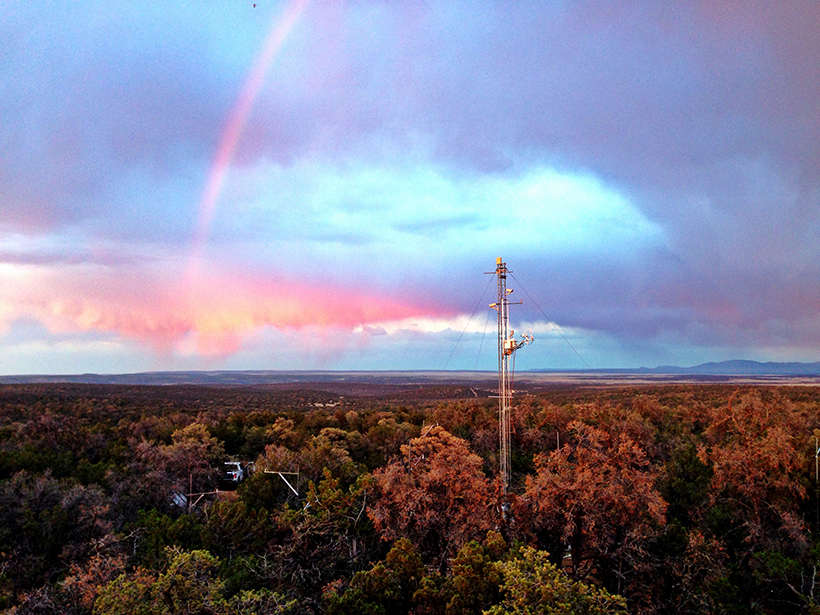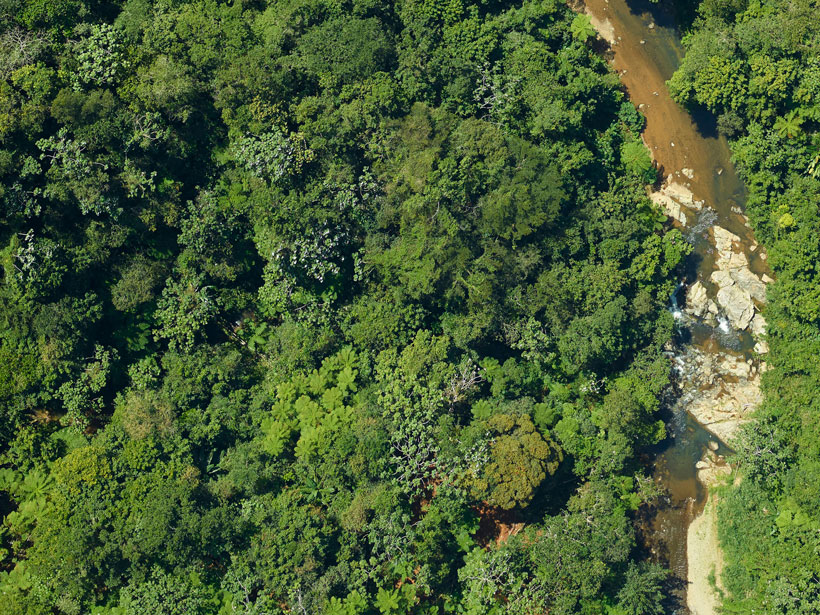New instruments in the research tool kit bolster scientific understanding of the ecology of a greening Arctic.
remote sensing
Remote Sensing of Algal Blooms Can Improve Health and Save Money
Using satellites to detect cyanobacterial algal blooms can foster faster decision-making that reduces harm to public health as well as associated costs.
Bringing Satellite Observations Down to Earth
This month’s issue of Eos shows how scientists can sometimes get a better look at something by stepping far—much, much farther—away.
How Forest Degradation Affects Carbon and Water Cycles
Forest degradation may be as widespread as deforestation in the Amazon, but its impact on energy, carbon, and water fluxes is less well understood.
Can We Observe How Cloud Clustering Affects the Radiation Budget?
Satellite observational analysis confirms that lower-atmospheric stability and cloud clustering are major factors modulating the tropical radiation budget that had been suggested by modeling studies.
Machine Learning Predicts Subsidence from Groundwater Pumping
Machine learning and data on aquifer type, sediment thickness, and proxies for irrigation water use has been used to produce the most comprehensive map of land subsidence in the western U.S. to date.
Gas-Rich, Transcrustal Magma Storage in the Main Ethiopian Rift
Increments of melt trapped in crystals reveal upper crustal magmas in the Main Ethiopian Rift are rich in water and other volatiles, leading to extensive diffuse degassing and hydrothermal systems.
Measuring, Monitoring, and Modeling Ecosystem Cycling
Scientists leverage long-term environmental measurements, emerging satellite observations, and recent modeling advances to examine changes in ecosystem carbon and water cycling.
In Vegetation Growth Studies, What You Measure Matters
Different satellite-based metrics for global vegetation coverage tell complementary, but not identical, stories.
Eyes in the Sky Improve Pollen Tracking
Physicians, public health officials, and experts in remote sensing and ecology recently met to identify ways that satellites, webcams, and crowdsourced science could help them manage asthma and allergies.


